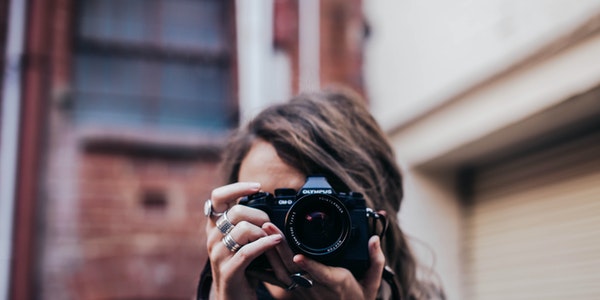Diffuse soft light is a lighting form suitable for spring and summer photography, especially for light and thin clothing.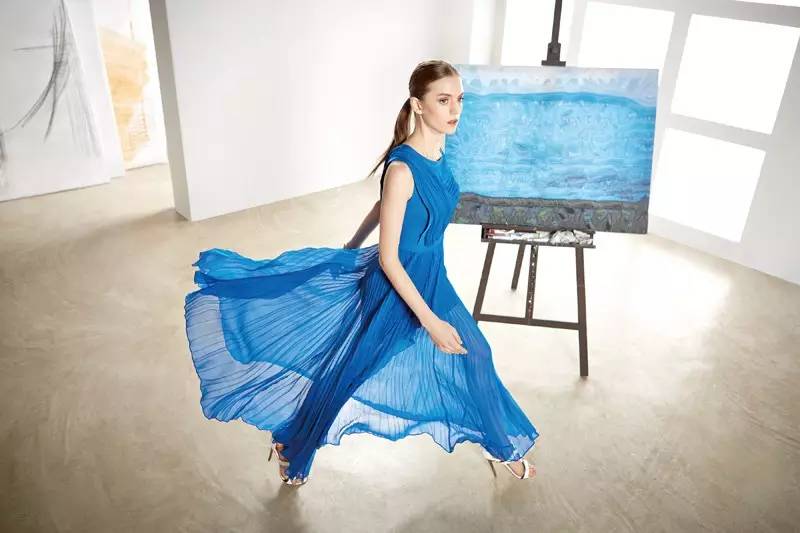
Table of Contents
Basic Characteristics of Diffuse Soft Light
When a beam of parallel incident light illuminates the rough surface of an object, the direction of the reflected light is inconsistent due to the unevenness of the reflecting surface, and it is scattered randomly. This reflection is called “diffuse reflection”.
The main feature of diffuse soft light is that the illumination is uniform and there is no obvious directivity. It can be said that the best soft light is almost imperceptible. In other words, the light itself will not become a substantial compositional element in the photo.
Since the light travels in a straight line, when the light hits the object, all shadows will have the same angle. It is easy for us to judge its direction, and we can also figure out where the light comes from. But the soft light weakens the directionality of the light, making people feel that the light is shining from many angles around, but there is no obvious shadow.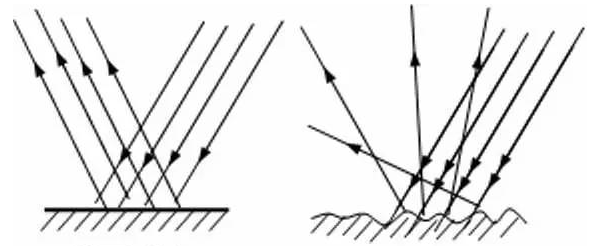
Outdoors, cloudy weather is a typical diffuse environment. The diffused sunlight blocked by the clouds forms a uniform soft light that is brighter, less light, and has no obvious directivity.
The more common diffuse reflection light type in the studio includes: the light reflected by the reflective umbrella. With the help of large-area soft box and soft light cloth to soften the light. Scattered light formed by methods such as hitting the wall against the wall. And the light evenly emitted by multiple lights.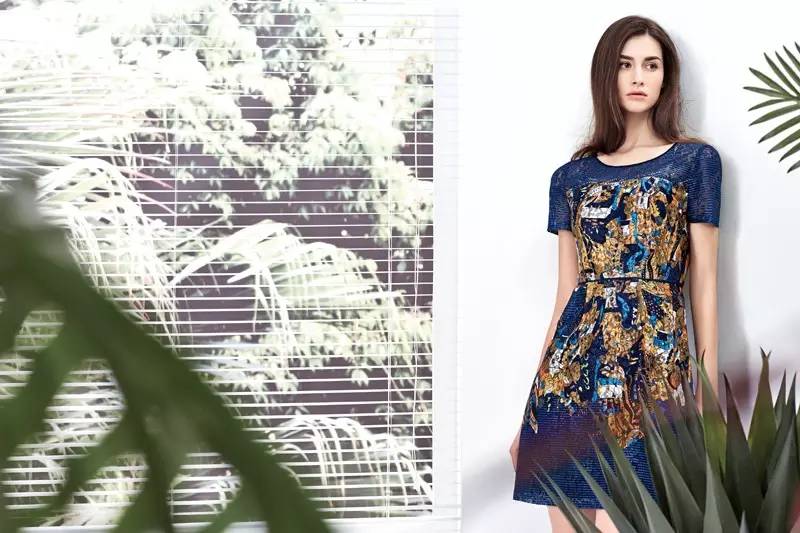
Use of Light and Fill Light
To turn the hard light of the artificial point light source into scattered soft light, we must first understand the different functions of the soft light curtain and the reflector.
Put a translucent material (diffuser or soft light cloth) between the light source and the subject to scatter the light beam. This turns the hard light from the flash into a soft diffused light. That is, the light irradiated by the artificial point light source produces diffuse reflection when passing through the soft light material, turning the original straight beam into a scattered beam with different angles. Some of the main beams will illuminate one side of the subject, while others will illuminate the other side of the subject (reflector reflection). As a result, both the light-receiving surface and the shadow surface of the subject are more uniformly illuminated, and the light ratio is reduced.
When we use soft light materials to fully diffuse the light, we need to place the reflector on the backlit side of the subject to further increase the brightness of the shadows.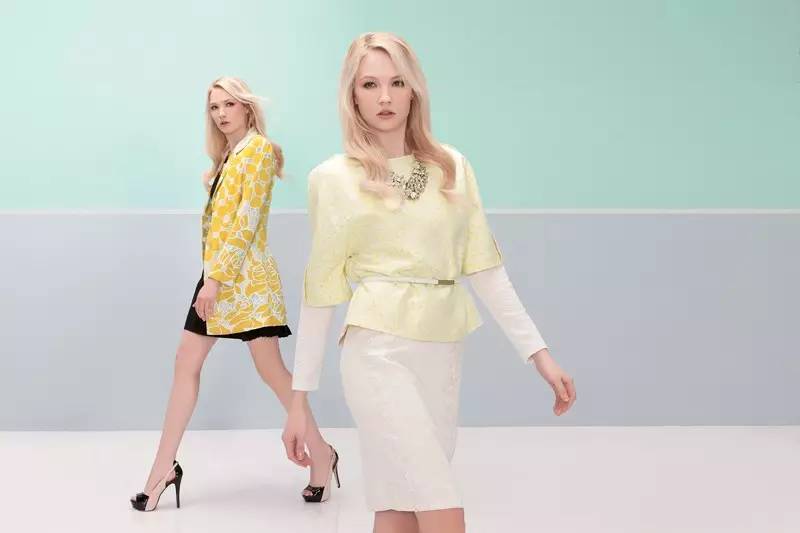
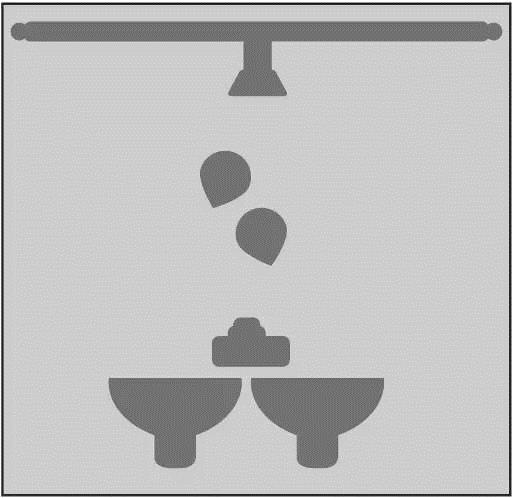
Aperture: f/8.0, Speed: 1/125s, ISO: 100, Focal length: 40mm
Metering-
Using diffused soft light to shoot, the subject will not produce obvious contrast between light and dark and changeable light and shadow effects due to the direction and intensity of the light. Therefore, the splendor of the picture can only come from itself. For the photos taken at this time, the exposure control is easier due to the low contrast. For digital SLR cameras, shooting a scene in a diffuse light environment, as long as the use of basic evaluative metering can get a more ideal exposure effect.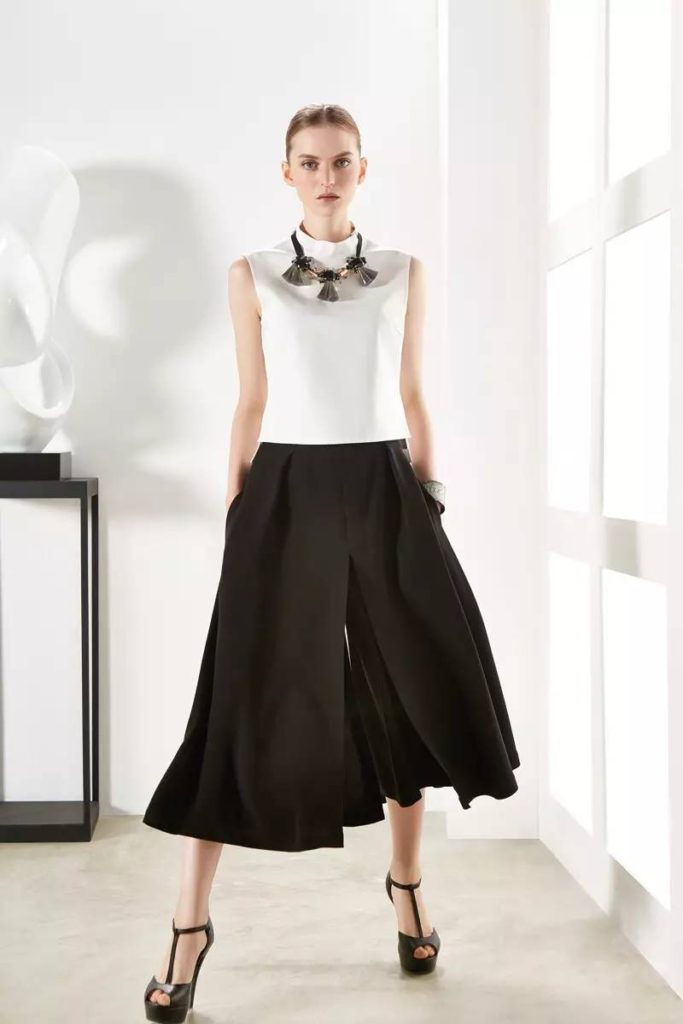
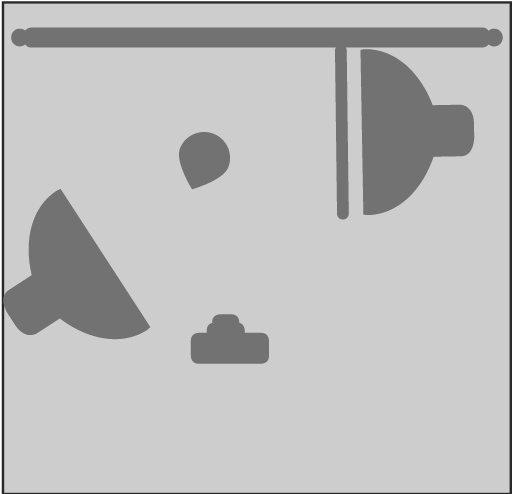
Aperture: f/8.0, Speed: 1/125s, ISO: 100, Focal length: 55mm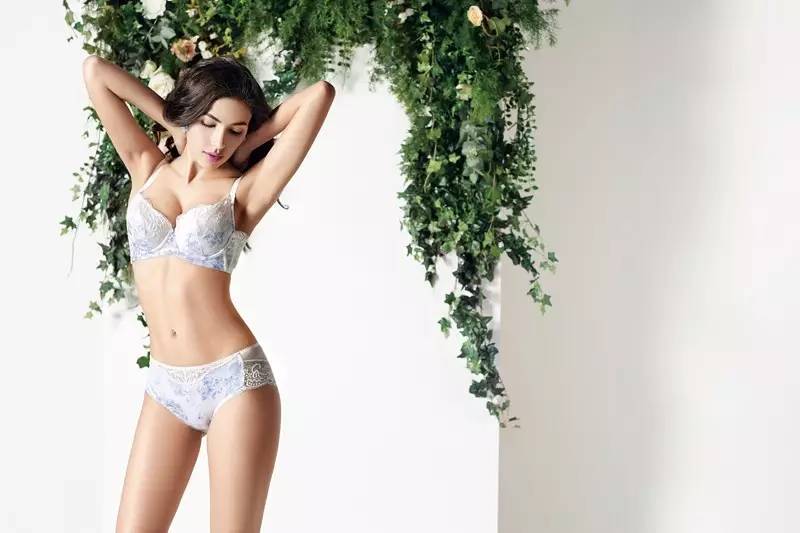
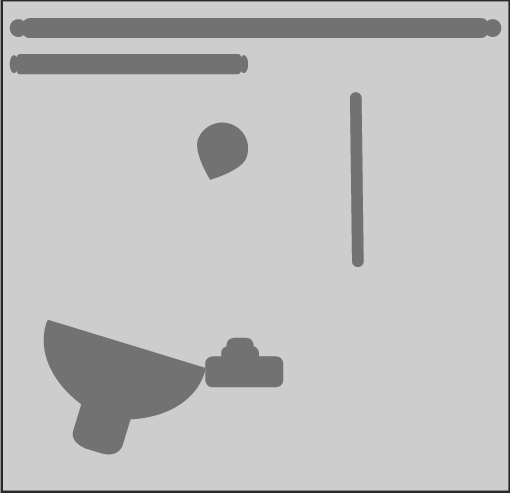
Aperture: f/4.0, Speed: 1/125s, ISO: 100, Focal length: 50mm
Indoor Artificial Light Source to Shoot Diffuse Soft light
In the studio, use studio lights to create a diffuse light atmosphere. Common light types are as follows.
1. Soft diffused light
Use two high-power flashes behind the character, one with a small soft box and the other with a medium soft box. In this way, the light can not only illuminate the characters, but also take into account the background. In addition, a flash with only a reflective umbrella can be added in front of the character to illuminate the face of the character.
This light type is more suitable for light-colored clothing with a simple silhouette. The approximate light ratio is 1:2. Pay attention to other dark places in the scene, you need to use reflectors to fill in the light.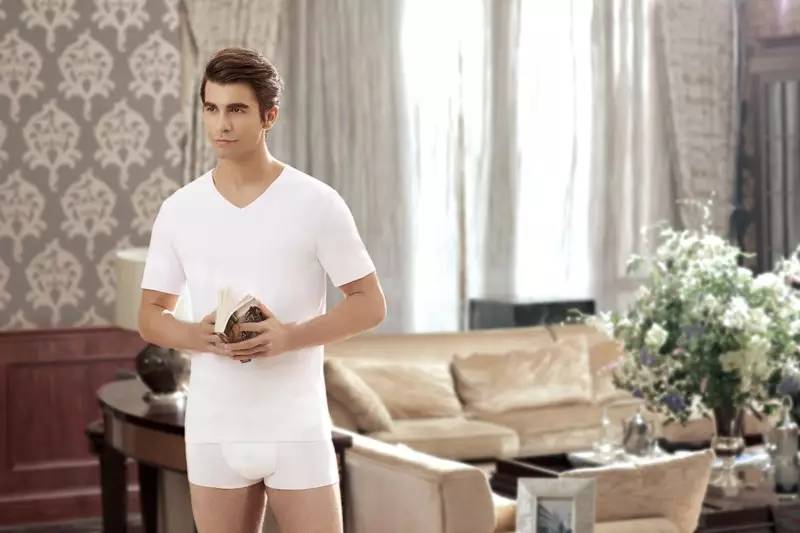
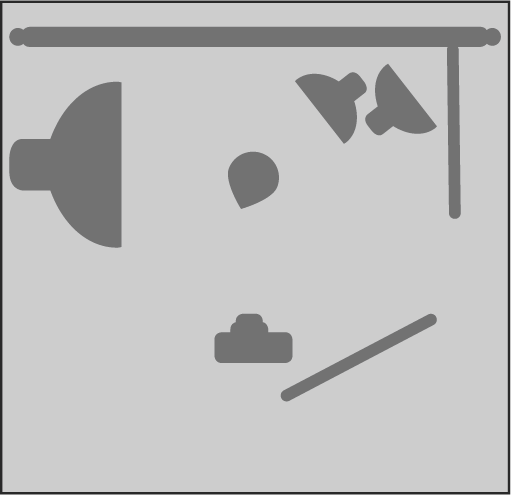
Aperture: f/4 Speed: 1/100s ISO: 200 Focal length: 85mm
2. Inverse diffused light on the soft side
This is a lighting method that creates a small backlight in the shed and adds diffusion at the same time. This is also a light type that many people like. It is more suitable for clothes with strong sense of lines and simple styles. Can better highlight the sense of shape of the clothing itself. The front-to-back light ratio is controlled at 1:3. When shooting with this type of light, pay attention to the front of the model to fill in the light, and at the same time place a light-absorbing plate in the dark part to increase the intensity of the shadow to emphasize the texture of the face.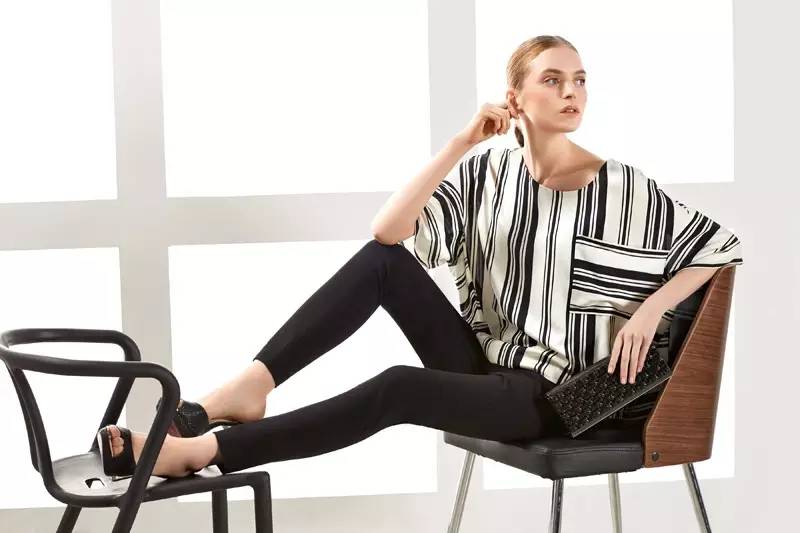
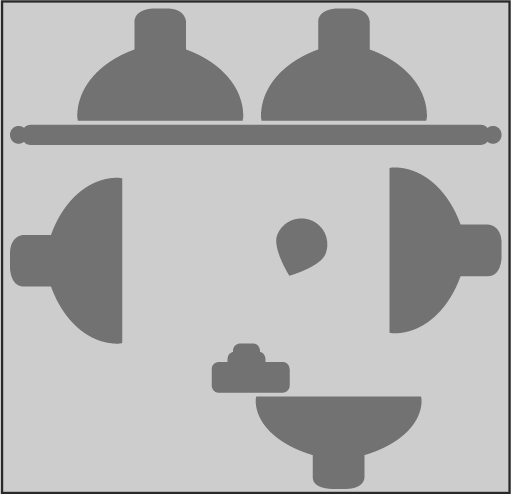
Aperture: f/5.6 Speed: 1/160s ISO: 100 Focal length: 100mm
3. Small light is more diffuse than side light
This light type is more suitable for weaving or light-colored clothing with strong texture. The approximate light ratio is 1:3. Note that the dark part needs to be filled with light evenly through the butterfly cloth with a large soft box.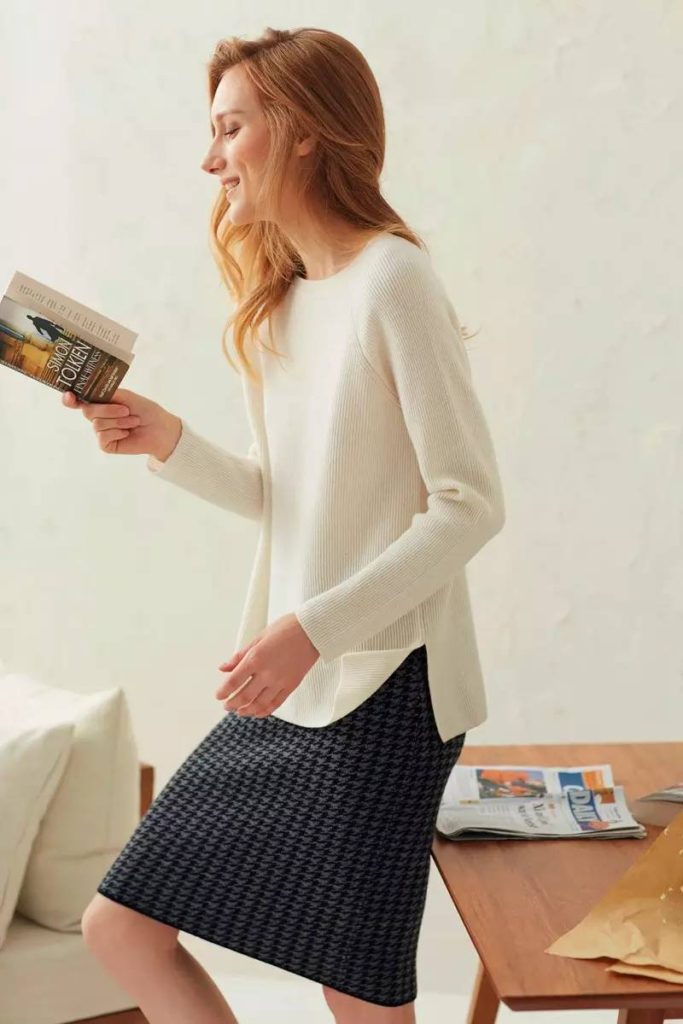
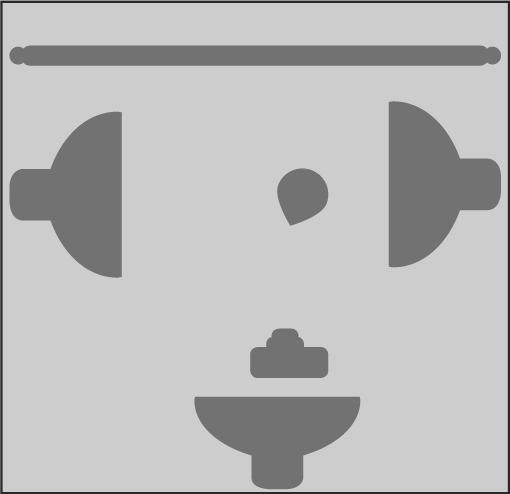
Aperture: f/5.6 Speed: 1/125s ISO: 200 Focal length: 90mm
4. High-angle diffused light
This kind of light type is more suitable for girlish or knitted clothing. The front-to-back light ratio is controlled at 1:1.5. Note that the face needs to be evenly filled with a soft box and butterfly cloth, and the ground is preferably light or white.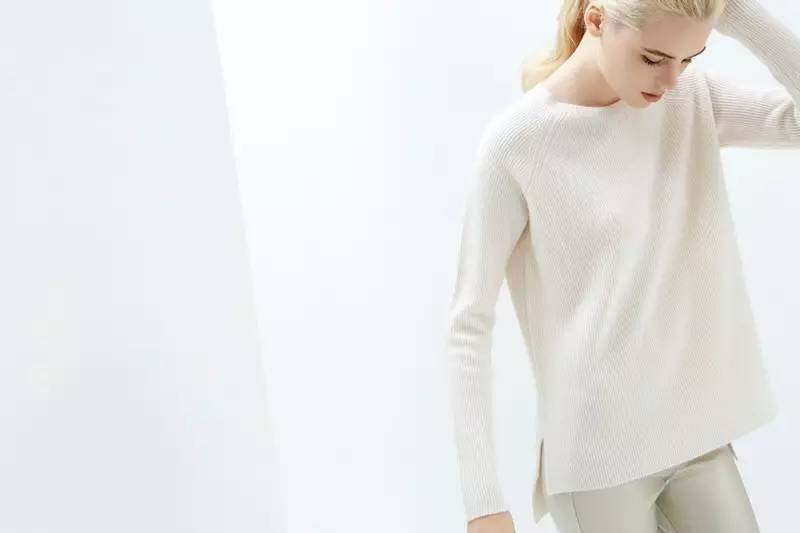
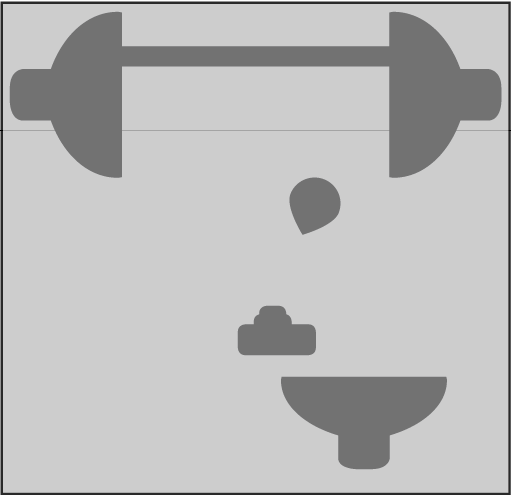
Aperture: f/5.6 Speed: 1/125s ISO: 100 Focal length: 70mm
5. Diffuse light with very small light ratio
This light type is more suitable for garments with embroidered pearl sequins and simple tailoring. The front and rear light ratio is 1:1.5. Using diffused soft light is easy to take photos “flat”, that is, lack of three-dimensionality and texture. It is necessary to use a light-absorbing board to enhance the shadows in the picture to enhance the three-dimensional feeling.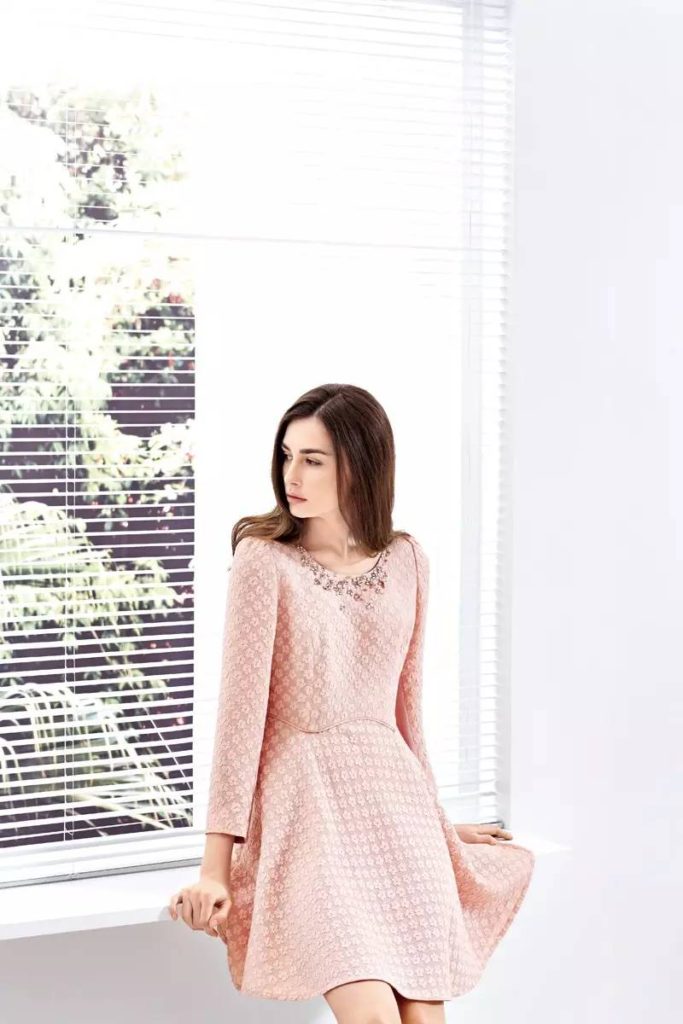
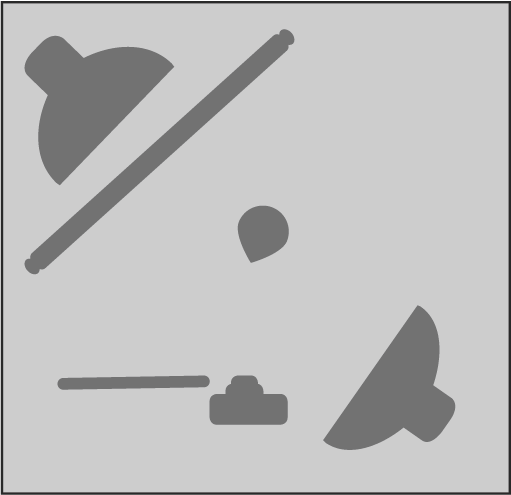
Aperture: f/4 Speed: 1/160s ISO: 200 Focal length: 50mm
6. Backlight diffusion with large light ratio and hard light
This kind of light type is more suitable for clothes with a strong sense of elegance and lines. The front-to-back light ratio is roughly 1:3. Pay attention when shooting, the diffused soft light from the rear adds hard light, and pay attention to the index of hard light when metering. The dark part of the face needs to be filled with light with a reflector.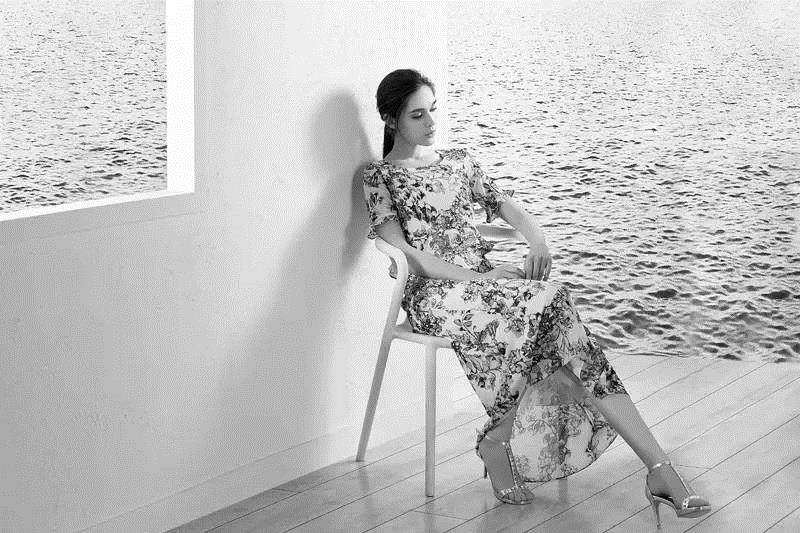
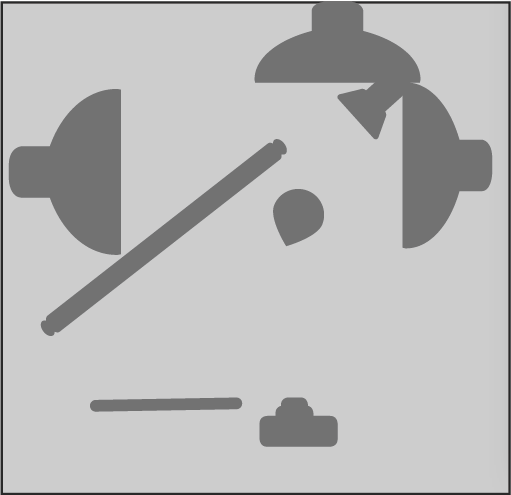
Aperture: f/8 Speed: 1/125s ISO: 50 Focal length: 45mm
Diffuse and Soft Light Shooting with Natural Light
Application of diffused soft light shooting, in addition to fashion photography, is also widely used in other fields (such as portrait, photo, wedding, landscape, etc.). It can easily create a fresh and natural atmosphere. Because the diffused soft light will not overemphasize the tough edges, it can hide wrinkles. Even if the people in the photo don’t look younger, at least they won’t look older.
It should be noted that this lighting style is inherently low-contrast, which means that you need to use more energy to adjust the relationship between highlights and shadows.
Overcast and cloudy diffuse environments are very familiar to us. The light is sufficiently scattered, and the difference lies in the difference in brightness. Generally speaking, when shooting in a dark and cloudy day, the picture will appear dull, and the characters need to be moderately brightened and matched to the environment.
For outdoor shooting, if you want to shoot soft light effects in sunny weather with direct sunlight, then you need to make a soft light curtain. It’s actually very simple. All you need is a clean white cloth and a shelf to hang it on. That is, use cloth to block the subject to soften the direct sunlight, so as to achieve better shooting results.
If you are a professional photographer, you need a professional soft light curtain. Soft light curtains can not only be used for studio shooting, they can also be used for on-site shooting to soften the hard sunlight. These soft light curtains come in different sizes, and they can all be folded, so they can be easily taken outdoors.
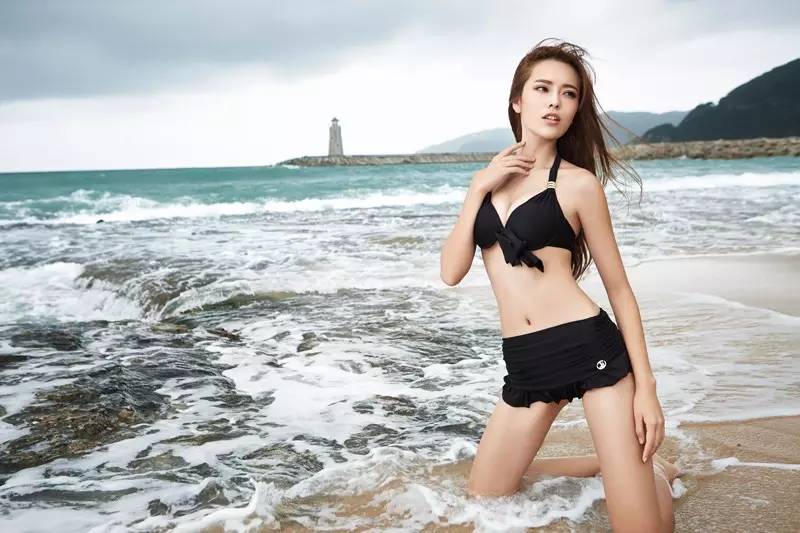
Aperture: f/11, Speed: 1/250s, ISO: 400, Focal Length: 35mm
